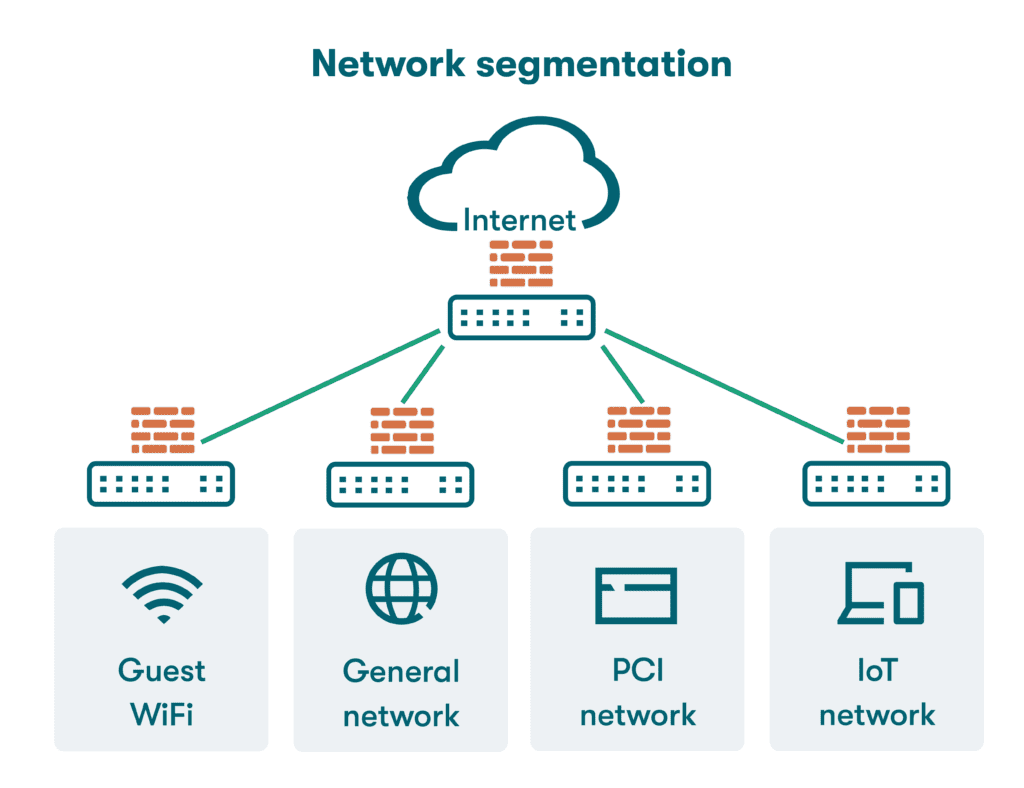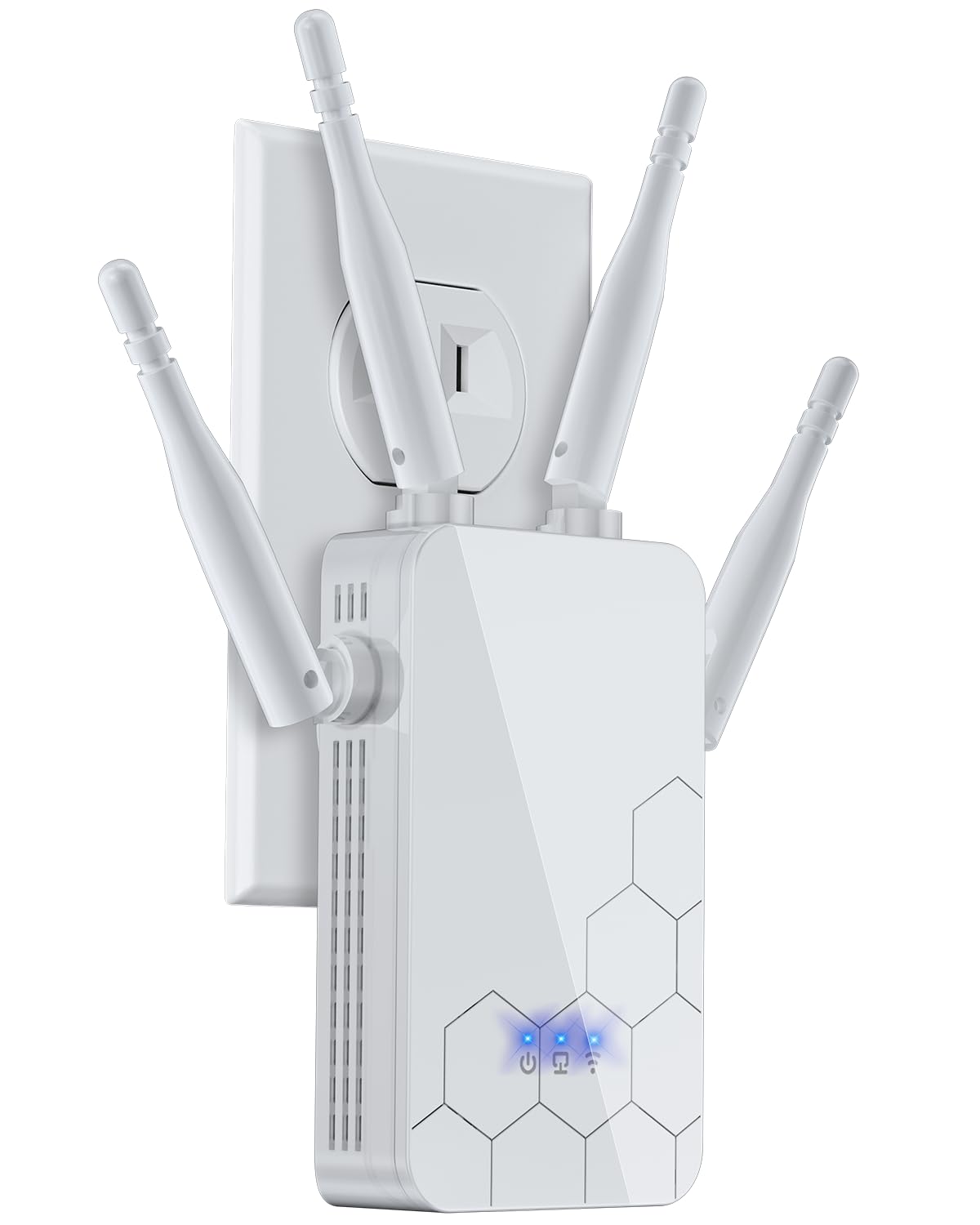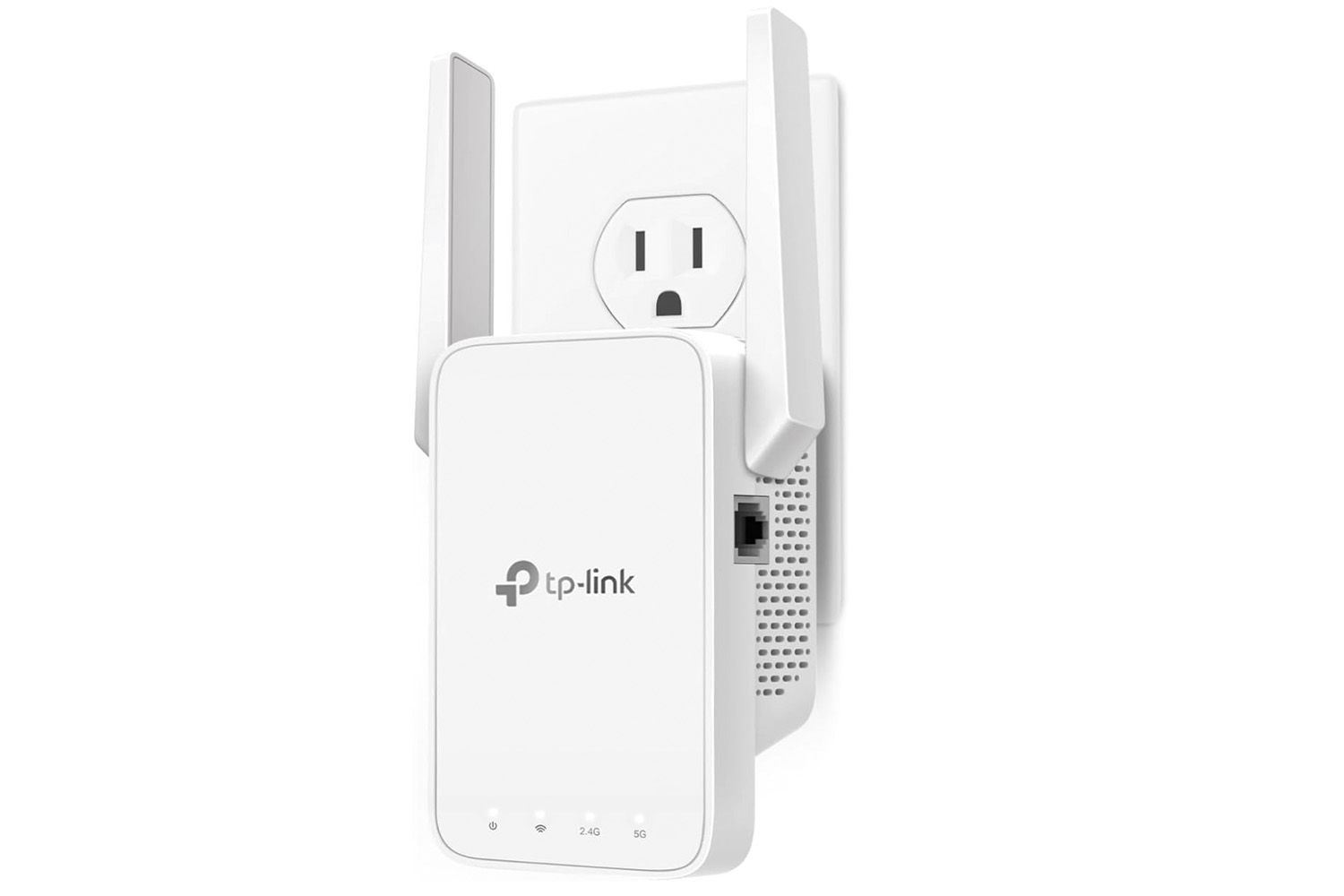Are you worried about the security of your network? Do you want to protect your data without slowing down your system?
Network segmentation might be the key. By breaking your network into smaller parts, you can control access, reduce risks, and improve performance. You’ll discover simple and effective network segmentation strategies that you can use right now. Keep reading to learn how to make your network safer and smarter.
Benefits Of Network Segmentation
Network segmentation splits a large network into smaller parts. This makes managing and securing the network easier.
It helps reduce risks and improve how the network works. Many businesses use segmentation to keep their data safe and fast.
Improved Security
Network segmentation limits access to sensitive data. It keeps attackers from moving freely across the network.
By isolating parts of the network, it reduces the chance of a full breach. Security teams can detect threats faster.
- Controls who can access each segment
- Limits spread of malware or attacks
- Makes it easier to monitor traffic
Enhanced Performance
Segmentation reduces unnecessary traffic between devices. This lowers network congestion and improves speed.
Smaller network sections mean devices communicate faster. It helps avoid delays and keeps systems running smoothly.
- Reduces broadcast traffic
- Speeds up data transfer
- Improves response time for applications
Simplified Compliance
Many rules require businesses to protect certain data. Network segmentation helps separate and protect this information.
It makes audits easier by showing clear boundaries. Compliance teams can verify security controls more quickly.
- Separates sensitive data from general traffic
- Supports data privacy laws and standards
- Shows clear security zones for audits
Types Of Network Segmentation
Network segmentation divides a network into smaller parts. This helps control traffic and improve security.
There are different ways to segment a network. Each type has its own uses and benefits.
Physical Segmentation
Physical segmentation uses separate hardware devices. Each segment is isolated by switches, routers, or firewalls.
This method provides strong security. If one segment is attacked, others stay safe.
- Uses different switches or routers
- Separates devices by cables and ports
- Good for high-security environments
- More costly due to extra hardware
Virtual Segmentation
Virtual segmentation divides networks using software tools. Virtual LANs (VLANs) are a common example.
It lets multiple segments share the same hardware. This saves money and adds flexibility.
- Uses VLANs to separate traffic logically
- Works on the same physical network
- Easy to change or expand
- Needs good configuration to be secure
Hybrid Segmentation
Hybrid segmentation mixes physical and virtual methods. It balances security and cost.
This strategy uses physical devices to separate key parts. It applies virtual tools inside those segments.
- Combines hardware isolation and VLANs
- Improves security and flexibility
- Fits complex or large networks
- Requires careful planning and management
Segmentation Techniques
Network segmentation divides a large network into smaller parts. This helps improve security and performance.
Different techniques can be used to create these smaller segments. Each method offers unique benefits.
Vlans And Subnets
VLANs (Virtual Local Area Networks) group devices on the same physical network. They act as separate networks inside one.
Subnets divide an IP network into smaller IP ranges. This limits broadcast traffic and improves routing.
- VLANs separate traffic logically, even on shared hardware
- Subnets create smaller IP groups for better control
- Both reduce congestion and improve security
Firewalls And Access Controls
Firewalls monitor and control traffic between network segments. They block unwanted access and threats.
Access controls set rules about who or what can access each segment. This limits risk from inside and outside.
- Firewalls filter traffic based on rules
- Access controls use permissions to protect data
- Both help enforce security policies between segments
Microsegmentation
Microsegmentation divides networks into very small zones. It protects each part separately.
This technique limits attackers from moving inside the network. It offers strong security for sensitive data.
- Creates many small, secure zones
- Uses software to control traffic tightly
- Reduces attack surface inside the network

Credit: www.geeksforgeeks.org
Planning Your Segmentation Strategy
Network segmentation helps protect your system by dividing it into smaller parts. A good plan makes your network safer and easier to manage.
Start by understanding your network well. Planning is key to a strong and clear segmentation strategy.
Assessing Network Assets
First, list all devices and systems in your network. This shows what you need to protect and segment.
Include computers, servers, printers, and other connected hardware. Knowing your assets helps you decide where to divide the network.
- Identify all hardware and software
- Check where devices are located
- Note the function of each asset
Identifying Critical Data
Find out which data is most important or sensitive. Protecting this data is the main goal of segmentation.
Look for customer information, financial records, and passwords. Keep these data sets in secure segments.
- Classify data by sensitivity level
- Mark data that needs strong protection
- Use this info to guide segmentation
Mapping Network Traffic
Study how data moves inside your network. This helps find where to create boundaries and control traffic.
Check normal traffic paths and look for unusual flows. Segmentation limits access and reduces risks.
- Track data flow between devices
- Identify high-traffic areas
- Spot areas with sensitive data traffic
Implementing Network Segmentation
Network segmentation divides a network into smaller parts. This helps improve security and performance.
To implement segmentation, you must set up devices, create access rules, and test the setup.
Configuring Network Devices
Start by setting up switches and routers to separate network parts. Use VLANs to isolate traffic.
Assign IP addresses to each segment carefully. This helps devices communicate inside their own segment.
- Use VLANs to create separate network zones
- Configure routers to control traffic between segments
- Set IP ranges for each segment
- Enable firewall rules on devices
Setting Access Policies
Create rules that decide who can access each network segment. Limit access to reduce security risks.
Use firewalls and access control lists (ACLs) to enforce these rules. Only allow needed traffic.
- Define user roles and permissions
- Use ACLs to block unwanted access
- Apply firewall rules per segment
- Regularly update policies to stay secure
Testing And Validation
Test each network segment to confirm it works as expected. Check if access rules are effective.
Use tools to scan for open ports and try accessing restricted areas. Fix any issues found.
- Verify device configurations
- Test user access according to policies
- Use vulnerability scanners
- Review logs for unusual activity
Common Challenges And Solutions
Network segmentation helps protect data by dividing a network into parts. It stops attackers from moving freely inside the network.
Many companies face problems when setting up and keeping network segmentation. This section explains common challenges and how to solve them.
Managing Complexity
Network segmentation can be complex because many devices and systems must work together. Managing rules and policies for each segment is hard.
Using automation tools and clear documentation helps reduce mistakes. Start with simple segments and add more as needed.
- Use software to automate rule updates
- Create clear maps of network segments
- Train staff on segmentation policies
Balancing Security And Usability
Strong segmentation improves security but can make network use harder for employees. Too many restrictions slow down work.
Find a balance by focusing on the most critical areas first. Allow easy access in safe zones and limit access in sensitive zones.
- Identify critical data and systems
- Set strict rules for sensitive areas
- Allow flexible access where risks are low
Maintaining Segmentation Over Time
Networks change often. New devices or users can break segmentation rules. Old rules may not fit the current setup.
Regular reviews and updates keep segmentation effective. Use monitoring tools to find problems early and fix them quickly.
- Schedule periodic segmentation reviews
- Monitor traffic between segments
- Update rules when network changes occur
Tools For Network Segmentation
Network segmentation helps protect data by dividing a network into smaller parts. Using the right tools makes this task easier and more effective.
These tools help control traffic, monitor activity, and automate tasks to keep the network safe and organized.
Segmentation Gateways
Segmentation gateways act as checkpoints between network segments. They control which data can pass through.
These gateways use rules to allow or block traffic. They help prevent unauthorized access between parts of the network.
- Firewalls filter traffic between segments
- VPN gateways secure remote connections
- Next-generation gateways inspect data deeply
Network Monitoring Solutions
Network monitoring tools watch over the network’s health and traffic. They spot unusual activity fast.
These solutions help detect problems and improve security by giving real-time data on each segment.
- Traffic analyzers show data flow between segments
- Intrusion detection systems find threats quickly
- Performance monitors check network speed and uptime
Automation Platforms
Automation platforms simplify managing network segments. They reduce manual work by using scripts and policies.
These tools help update rules, fix issues, and keep segments secure without constant human help.
- Policy automation enforces security rules automatically
- Configuration management updates devices across segments
- Alerting systems notify teams of network changes or problems
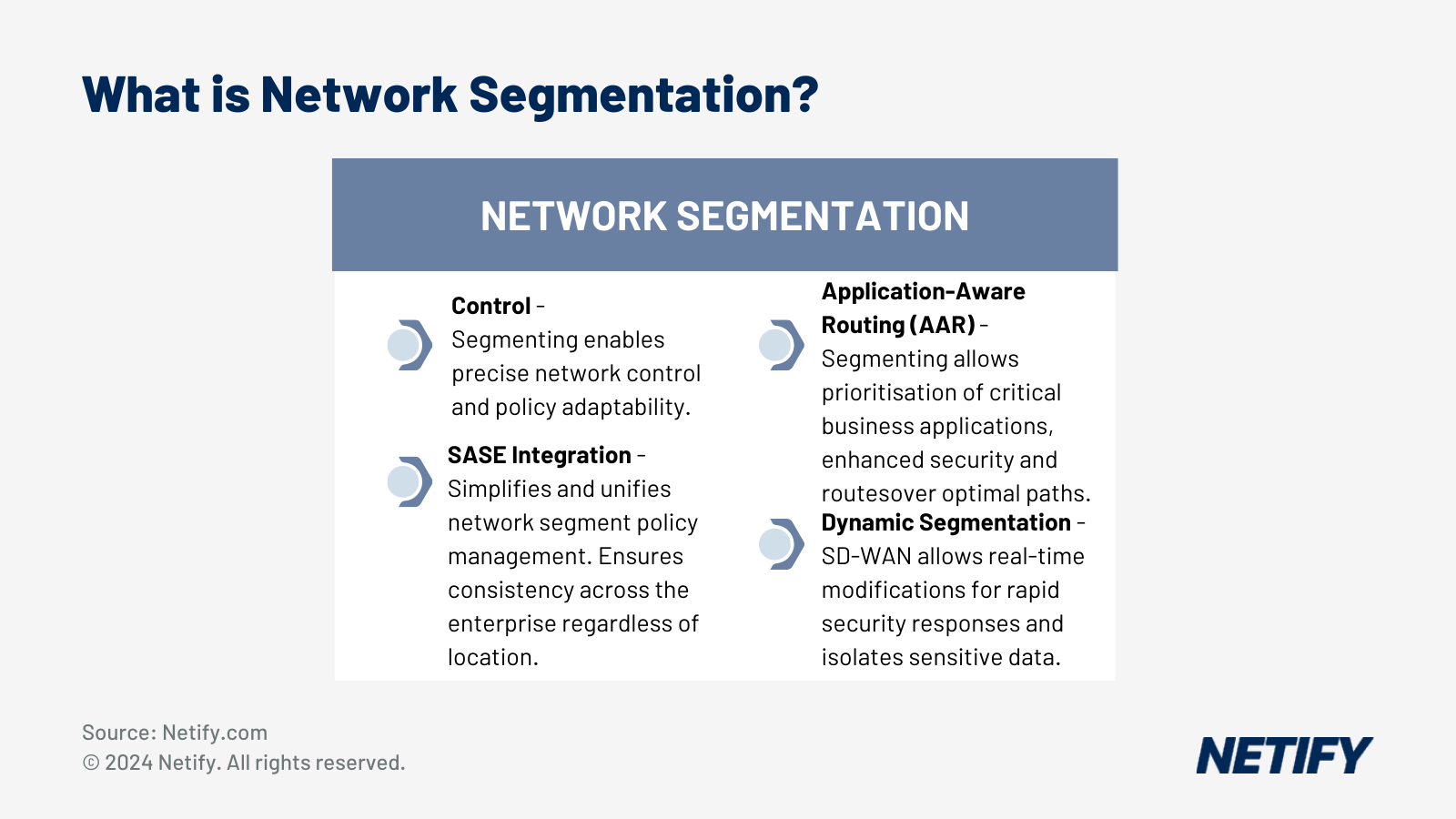
Credit: www.netify.co.uk
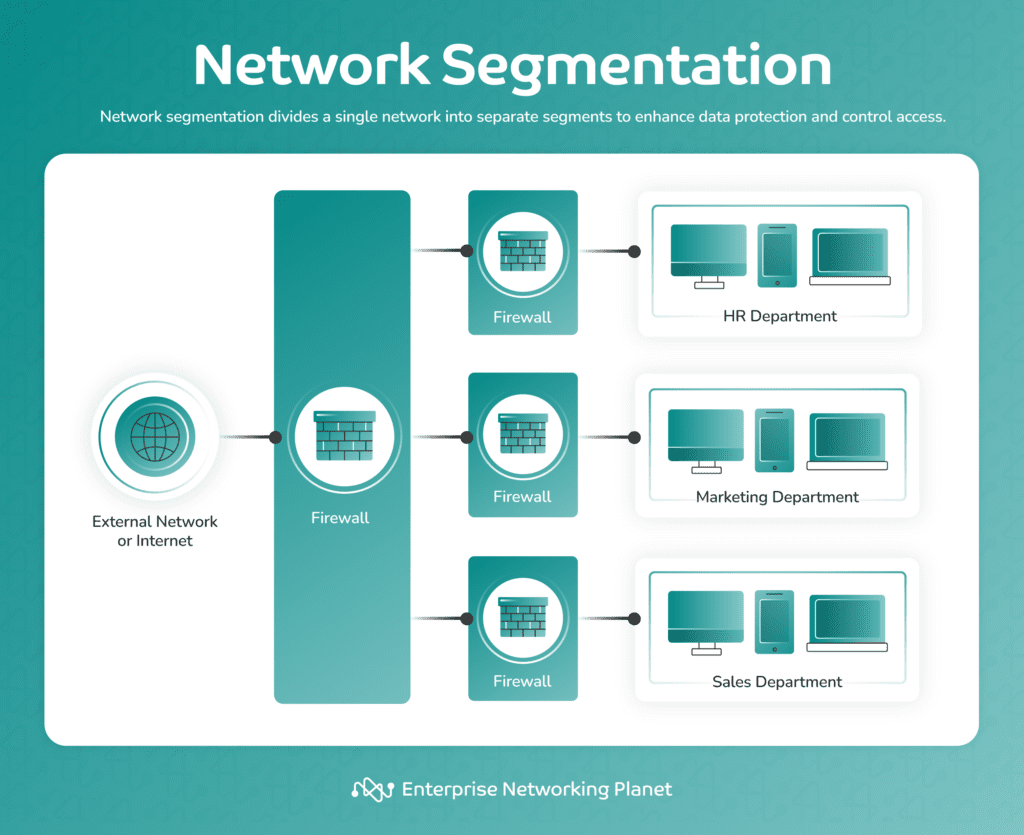
Credit: www.enterprisenetworkingplanet.com
Frequently Asked Questions
What Is Network Segmentation?
Network segmentation involves dividing a network into smaller, manageable parts. This improves security and performance. Each segment can have its own rules and policies. It helps in isolating sensitive data and reduces the risk of a breach. Segmenting can enhance network efficiency by reducing congestion.
Why Is Network Segmentation Important?
Network segmentation improves security by isolating sensitive data. It helps prevent unauthorized access and reduces the risk of cyberattacks. Segmentation also enhances network performance by controlling traffic flow. By dividing the network, it allows for better management and monitoring. This ensures efficient use of resources.
How Does Network Segmentation Enhance Security?
Network segmentation enhances security by isolating sections of the network. This limits access to sensitive areas and reduces the risk of breaches. It allows for tailored security policies for each segment. Segmentation also helps in quickly identifying and responding to suspicious activities.
This improves overall network resilience.
What Are The Benefits Of Network Segmentation?
Network segmentation offers enhanced security and improved performance. It reduces congestion and optimizes resource use. Segmentation helps in easier management and monitoring. It allows for customized security policies and quick threat detection. Ultimately, it reduces the risk of data breaches and unauthorized access.
Conclusion
Network segmentation improves security by dividing a network into smaller parts. It limits access to sensitive data and reduces cyber risks. Careful planning helps create strong segments that fit your needs. Regular updates keep the network safe and efficient. Using clear rules makes management easier and helps spot problems fast.
Good segmentation supports business growth and protects important information. Start small, test often, and adjust as needed. This approach keeps your network strong and ready for future challenges.
17 min read

